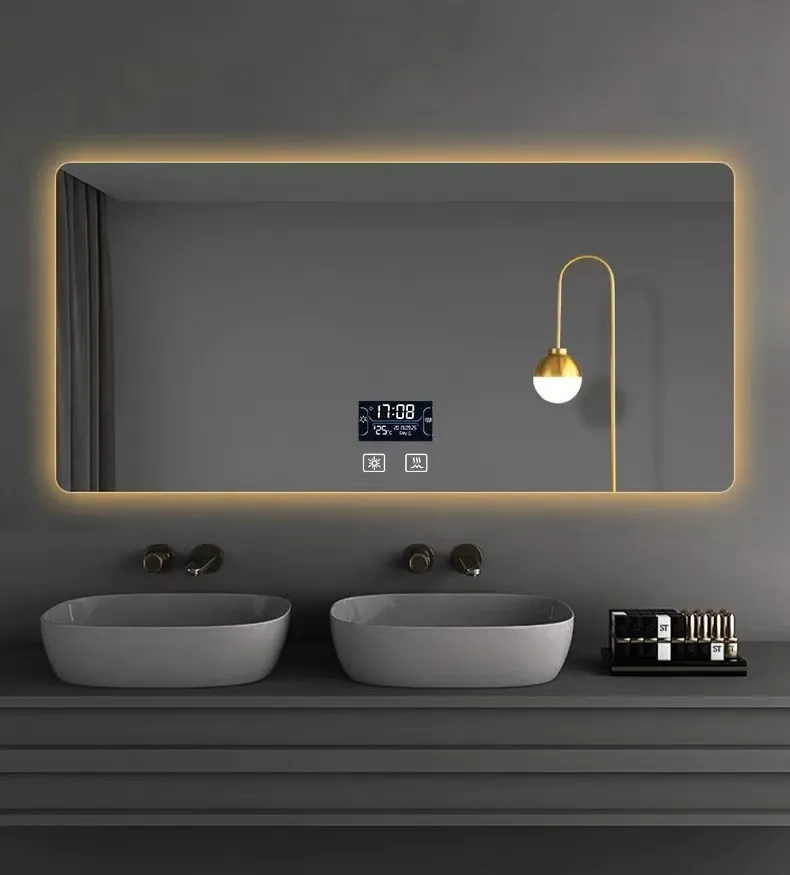

Understanding Float Glass and Its Tempered Variant
Float glass is a widely used type of glass known for its versatility, clarity, and strength. The manufacturing process of float glass, which was developed in the 1950s, involves floating molten glass on a bed of molten tin. This process not only creates a smooth and flat surface but also produces a glass that possesses remarkable optical clarity. In this article, we will explore the characteristics, applications, and advantages of float glass, as well as the tempered variant, which enhances its safety and durability.
The Float Glass Manufacturing Process
The float glass process begins with melting raw materials such as silica sand, soda ash, and limestone. Once the mixture reaches high temperatures, it becomes molten glass, which is then poured onto a layer of molten tin. The glass floats on the tin, allowing it to spread out evenly, forming a flat sheet. The cooling process occurs gradually, preventing any stresses from forming within the glass. The result is a clear and uniform sheet of glass that is widely used in various applications.
Characteristics of Float Glass
Float glass stands out for its excellent optical properties. It is highly transparent and provides clarity that makes it ideal for use in windows, facades, and glass doors. Additionally, float glass can be manufactured in various thicknesses, ranging from a few millimeters to several centimeters, depending on the intended application. Its smooth surface is also conducive to treatments that enhance its performance, such as coating for improved thermal insulation or UV protection.
One of the key characteristics of float glass is its ability to be modified. It can be cut, polished, and coated to meet specific needs in design and functionality. This adaptability has made float glass a favorite choice in architectural applications, automotive glazing, and even household items like mirrors and shower doors.
Introduction to Tempered Glass
Tempered glass, also known as toughened glass, is created by subjecting float glass to a series of heating and cooling processes. The glass is first heated to a temperature exceeding 600 degrees Celsius and then rapidly cooled. This process alters the glass’s internal structure, increasing its strength compared to standard float glass.

Advantages of Tempered Glass
One of the primary benefits of tempered glass is its enhanced safety. When broken, tempered glass shatters into small, blunt pieces rather than sharp shards, significantly reducing the risk of injury. This characteristic makes it an ideal material for use in places where safety is a concern, such as in public buildings, shower doors, and glass railings.
Moreover, tempered glass has a much higher resistance to thermal stress and impacts. It can withstand drastic temperature changes without cracking, making it suitable for applications like glass doors and partitions in environments subject to heat fluctuations. This thermal resistance also allows tempered glass to be used in more demanding applications, such as glass facades that are exposed to direct sunlight.
Applications of Float and Tempered Glass
Both float and tempered glass are used across a wide range of industries. Float glass is commonly employed in residential and commercial buildings for windows and facades, providing aesthetic appeal and energy efficiency. In the automotive industry, it is utilized for windshields and side windows due to its clarity and ability to be tinted.
Tempered glass, with its superior strength and safety features, finds its place in various applications, such as shower enclosures, glass doors, and storefronts. It is also popular in furniture design, where large glass panels are used, balancing aesthetics with safety and durability.
Conclusion
In conclusion, float glass and its tempered variant are integral to modern architecture and product design. The float glass process yields a material that is not only versatile and clear but also amenable to numerous modifications. On the other hand, tempered glass offers enhanced safety and thermal resistance, making it a preferred choice in environments where durability and protection are paramount. As technology and design trends continue to evolve, both types of glass will undoubtedly remain essential components in creating functional, beautiful, and safe spaces.